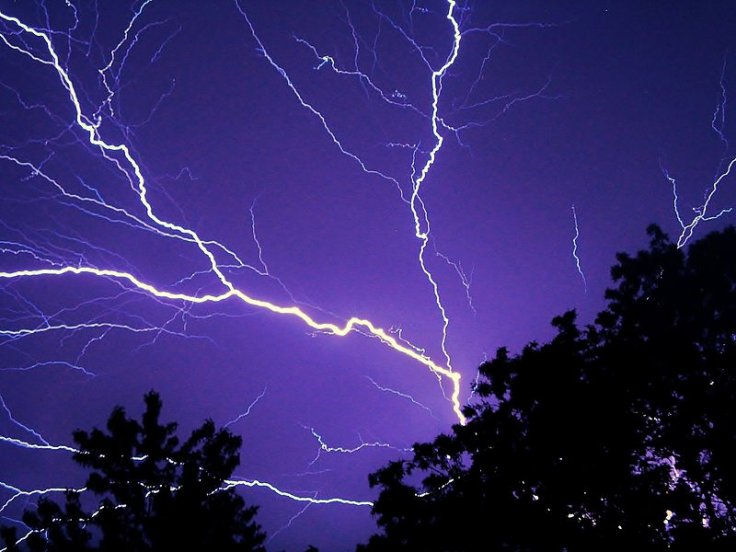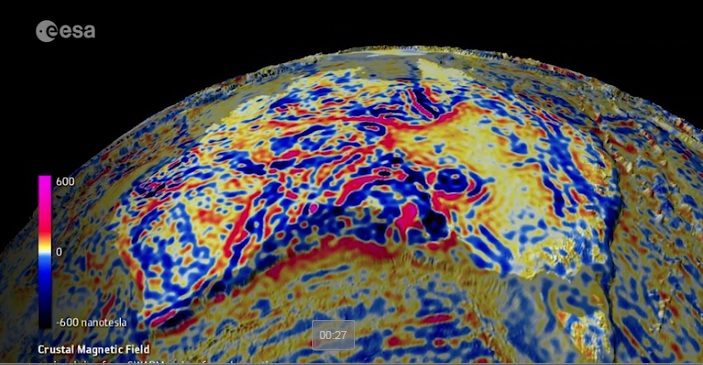
In 2020, the world would be celebrating the 200th anniversary year of the discovery of electromagnetism by the Danish physicist H.C. Ørsted. Still, in its second centennial, there are many doubts about electromagnetism and its origin, especially the electromagnetic fields in the larger scale.
By now, scientists have arrived at the conclusion that magnetic fields of femto-Gauss strength have expanded to the biggest scales in the gigantic universe, which have touched scales that are larger than the massive clusters of galaxies. Yet, it is still puzzling how these magnetic fields were formed in the initial years.
A number of questions are being asked and explored afresh. Were the magnetic fields enhanced by the initial phase of inflation? That is required to understand and solve the flatness and horizon issue within the standard Big-Bang model. Did the magnetic fields of that time have a novel, non-standard interaction with the inflation particle, which is responsible for driving the primordial inflation period?
Magnetic fields that were created during inflation were thought to be quickly washed away by the resultant normal expansion of the universe, which makes successful inflationary magnetogenesis challenging.

Scientists Takeshi Kobayashi from the International Centre for Theoretical Physics in Italy and Martin S. Sloth from the University of Southern Denmark, which is also the institution in the same region where H.C. Ørsted was born, have some new insights into the field. They explain that because of Faraday's law of induction, the evolution of electromagnetic fields after inflation, which has been assumed, is not the same as previously understood, in case there are strong primordial electric fields.
The work has been published in the journal Physical Review D. Researchers wrote in their Abstract: "It is usually assumed that when Weyl invariance is unbroken in the electromagnetic sector, the energy density of primordial magnetic fields will redshift as radiation. Here we show that primordial magnetic fields do not exhibit radiationlike redshifting in the presence of stronger electric fields, as a consequence of Faraday's law of induction...Taking into account this effect for inflationary magnetogenesis can correct previous estimates of the magnetic field strength by up to 37 orders of magnitude."
They added that there are possibilities for inflationary magnetogenesis. Hence, they have given an incidence where "femto-Gauss intergalactic magnetic fields are created on Mpc scales, with high-scale inflation producing observable primordial gravitational waves, and reheating happening at low temperatures."
Scientists are sure that they have unlocked new doors for their learning. "This opens a new door to our understanding of the origin of cosmic magnetic fields," says Martin S. Sloth, professor, CP3-Origins, Center for Cosmology and Particle Physics Phenomenology, University of Southern Denmark.









